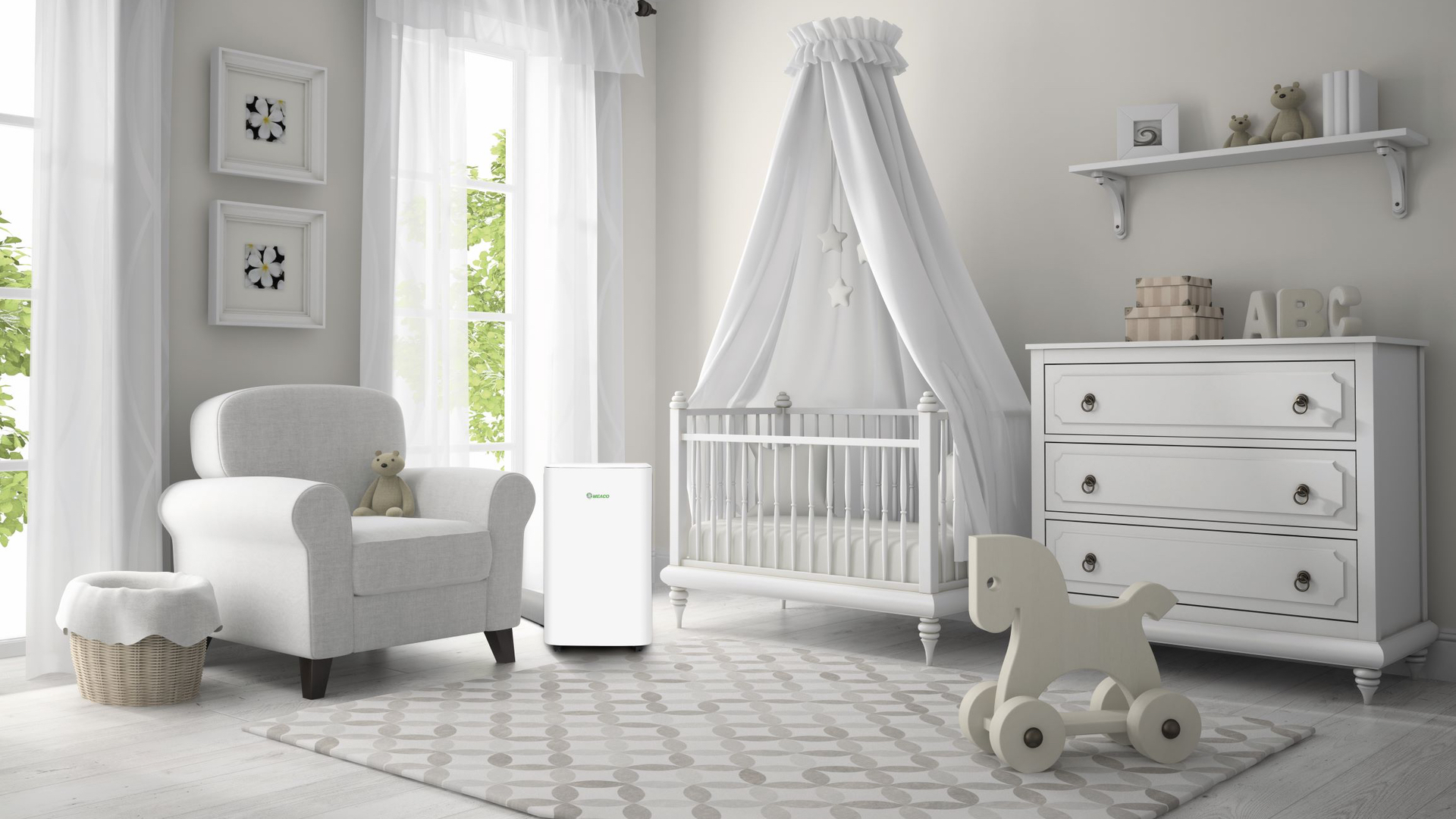
Compressor dehumidifier or dessicant dehumidifier? It may not quite be a rivalry on a par with Oasis and Blur or Johnson and Starmer, but if you want to dehumidify your home, you need to know the differences, so you can judge which type is likely to be best for you.
Dehumidifiers are a brilliant solution if you’re looking to remove moisture from the atmosphere in your home. Dehumidifiers should be perfect for year-round use – not just in the winter – if you live in surroundings that are prone to damp. That doesn’t mean you have to live in a property prone to moisture either because damp, fuggy bacteria-laden air can often be present in the least likely of scenarios.
Read our guide to the best dehumidifier for your home, and you should find something suitable for you. However, if you want some background buying info, the most important when it comes to dehumidifers is whether to opt for a dessicant or compressor groups; those that are designed around a compressor and refrigerant arrangement, not unlike a fridge, and those that make use of a desiccant – an absorbent material that sucks up moisture.
A dank atmosphere might be easier to notice if you live in a smaller property such as a flat, but high moisture levels can be present in any kind of property and in any kind of location, even if it’s well ventilated. Just having a bathroom being used regularly is enough to raise levels of moisture in your home, as is having damp towels or other items of soggy clothing hanging around. In fact, you can even use a dehumidifier to assist with drying clothing. It may not be as fast as the best tumble dryer, but it is a handy bonus trick.
While the main objective of using a dehumidifier is to lower moisture levels, the way the unit gets the job done will vary slightly depending on the type. So, what are the differences between a compressor and desiccant dehumidifier, and which should you get? Read on to find out…

The Meaco Dry ABC 10L is popular compressor dehumidifier
What is a compressor dehumidifier, AKA a refrigerant dehumidifier?
A compressor dehumidifier – also sometimes called a refrigerant, just to make things more complicated for us – sucks in moisture from the air and condenses it using an evaporator coil, similar to what you'll find in an air conditioner or fridge. The heat exchange caused by the coil creates condensation, turning humid air into water droplets, which are collected and stored in a water tank inside the machine.
While the unwanted water can be stored and thrown away, or in some cases got rid of automatically via a pipe connected to a drainage source, the air passing out of the machine emerges warm and dry. Depending on the dehumidifier model you choose these units can be great at targeting specific problem damp areas, but they're also great for pulling moisture out of entire rooms.
Sign up to the T3 newsletter for smarter living straight to your inbox
Get all the latest news, reviews, deals and buying guides on gorgeous tech, home and active products from the T3 experts
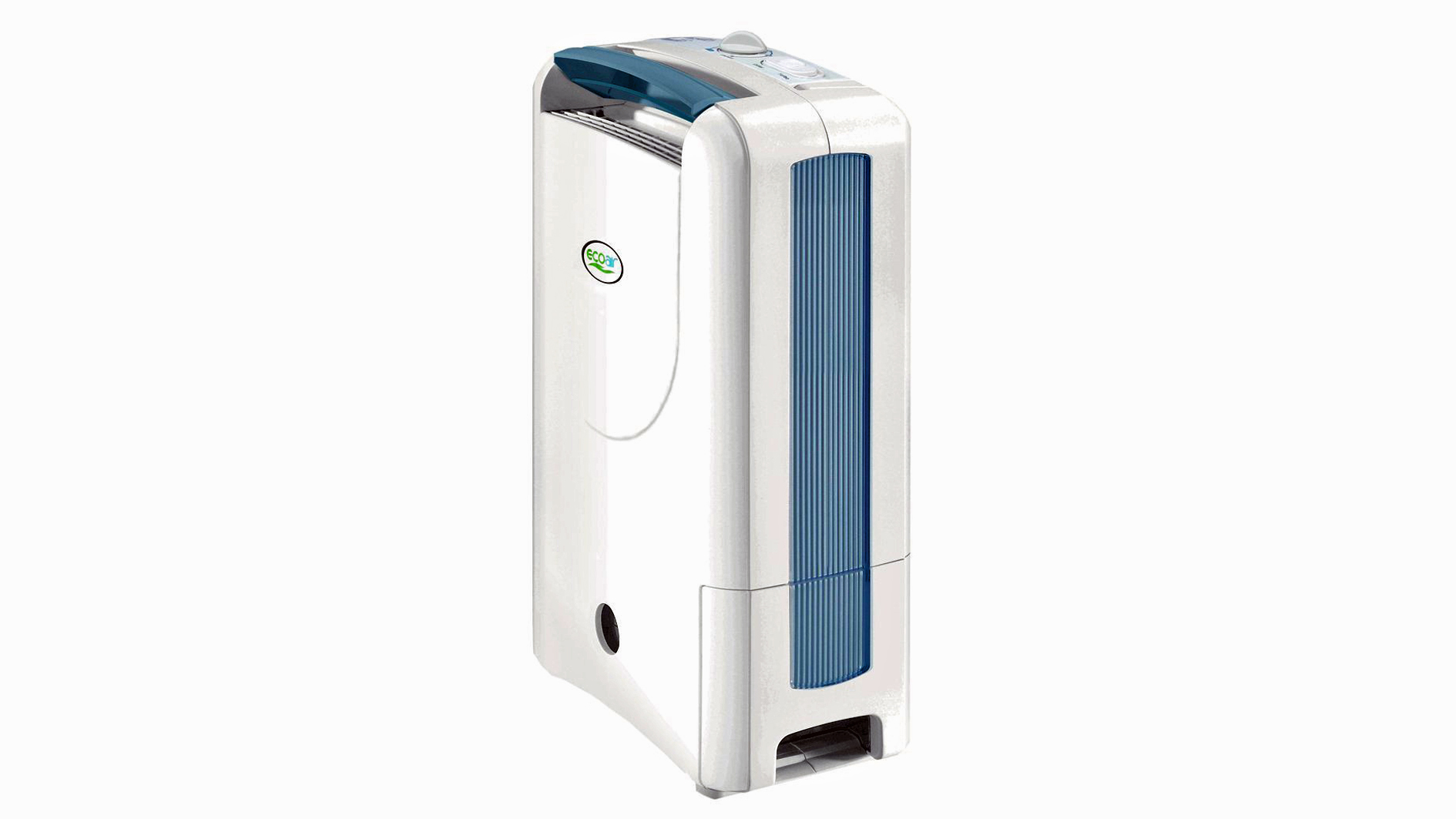
The Ecoair DD122 is a great example of the desiccant dehumidifier
What is a desiccant dehumidifier?
The desiccant dehumidifier does the same job of removing moisture from the air in your rooms but in a different way. Rather than using a compressor and refrigerant arrangement, it sucks up moisture using absorbent material known as a dessicant.
Any damp air is again pulled into the machine and passes over the desiccant material. Warm air is then used to evaporate the water droplets collected within the desiccant, and dryer air is released back into the atmosphere.
Is a compressor or desiccant dehumidifier better?
This depends on just how much moisture you’re looking to remove. Compressor/refrigerant models are generally suited to more extreme damp problems and can remove larger amounts of moisture. Beefier units are frequently called in to tackle serious issues such as flood damage in homes because they’re so potent. They work to best effect in warmer climes. That's not to say they're useless in cold temperatures, but performance does drop off.
Compressor dehumidifiers work best at around 20ºC. Most homes are heated to at least this level, on average. However, if it's cold out and you're not running your heating due to the cost, or you want to dehumidify a room or out building without heating, a compressor dehumidifier may not be ideal unless you live somewhere consistently warm – ie: not the UK or much of the USA.
If you’ve got slightly lower levels of damp in your home and simply want to take the edge off the moist air, a desiccant model will often fit the bill. Generally speaking, desiccant models can operate consistently at temperatures from 1ºC to 30ºC. They do use more energy than compressors, however.
You’ll want to think about how much time you’ll spend running a dehumidifier too. If you need to keep a unit running all day long then the compressor type might prove cheaper to run over time as they, by and large, use slightly less electricity. If you’ve got a minor damp problem to cure though a desiccant unit will often do the job and if you’re not using it for prolonged periods of time then the difference in running costs should be negligible.
There are other considerations to think about too, with noise being one of the big issues for anyone who needs to run a dehumidifier through the night. Refrigerant models with a compressor tend to be noisier than desiccant units, although this varies with the quality of the machine you’re buying. If you’re out and about then the noise probably won’t matter while the dehumidifier does its stuff. But, if you’re looking for peace and quiet come bedtime, be sure to check the decibel rating of your preferred machine.
What size dehumidifier should you should buy? There are plenty of bulky units – both refrigerant and desiccant – made to tackle larger scale damp and moisture problems. That’s fine if you’ve got room for one and don’t mind manhandling it around. However, if you’re looking for a model just to take that edge off the dampness in your home, you might be better off plumping for a smaller, portable unit. Some dehumidifiers are pretty compact, making them quick and easy to relocate if you need to focus the attention of your unit on another area in the home.
What else should I look for when buying a dehumidifier?
Any dehumidifier that’s fast and efficient at lowering levels of damp in your favourite spaces seems like a good idea, but it’s worth considering the specification of the numerous models available before you part with your cash. Generally speaking, the more you spend on the dehumidifier the more moisture it’ll remove from your rooms. Central to this is the power rating, closely followed by checking how many litres of moisture the unit can get rid of.
Naturally, official manufacturer’s figures will often paint a slightly rosier picture of just how much moisture a model can remove, so be prepared to shave a little off those stats when using a unit in real life surroundings. If you just want a basic dehumidifier to remove moisture without much in the way of frills that’s fine.
However, if you’re looking for a slightly smarter dehumidifier then it’s worth shelling out a little more for higher specification features. A good one to look out for is a humidistat, which is a feature that will make your dehumidifier automatically adapt to its surroundings and tweak its performance to match. Other options, such as multiple fan settings or a drying mode, are all down to what you want your unit to do.
Which brand of dehumidifier is best?
If you’re in the UK then one of the instantly recognisable dehumidifier brand names is Meaco. This company has been making them for years and they’ve got models to suit all kinds of requirements, from small compact units through to beefy, high-specification dehumidifiers that can take on higher levels of moisture and condensation.
You’re not just limited to Meaco though because the range of dehumidifiers on the market is reasonably sizeable and seems to be growing. Perhaps this is because more of us are living in smaller spaces, which can often be worse for trapping damp air. So, models from the likes of DeLonghi, Electriq and Ecoair are all worthy of inspection too.
Damp and mould is depressing and can be unhealthy, often causing chest infections, allergies and bringing on asthma in some folk. Drying out your worst offending rooms can give you a real lift if you’ve been plagued by damp smells or, worse still, unsightly and unhealthy blotches of black mould on walls, ceilings and even furniture. So the best dehumidifier might just fix that and deliver a feel-good factor into the bargain.
Rob Clymo has been a tech journalist for more years than he can actually remember, having started out in the wacky world of print magazines before discovering the power of the internet. Since he's been all-digital, he has run the Innovation channel for a few years at Microsoft, as well as turning out regular news, reviews, features and other content for the likes of Stuff, TechRadar, TechRadar Pro, Tom's Guide, Fit&Well, Gizmodo, Shortlist, Automotive Interiors World, Automotive Testing Technology International, Future of Transportation and Electric & Hybrid Vehicle Technology International. In the rare moments he's not working, he's usually out and about on one of the numerous e-bikes in his collection.
-
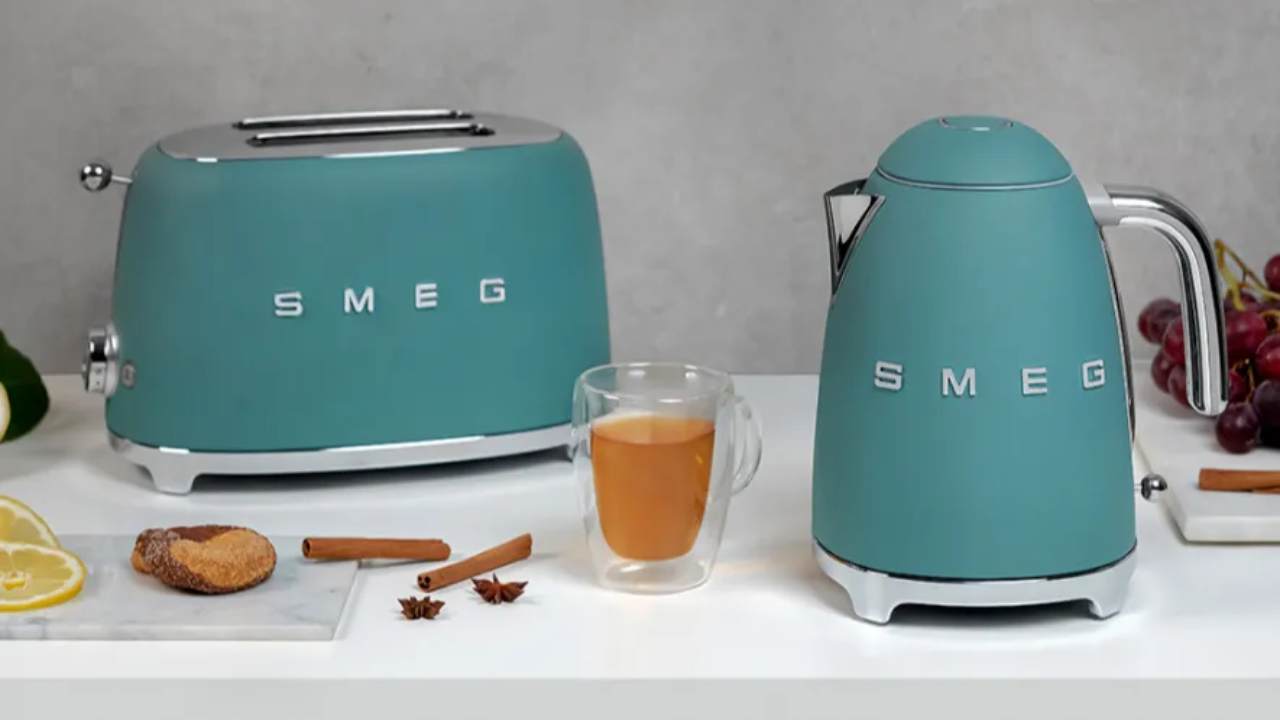 Forget Pantone – Smeg’s Colour of the Year kitchen appliances might be my favourite yet
Forget Pantone – Smeg’s Colour of the Year kitchen appliances might be my favourite yetSmeg reinvents its toaster, kettle and scales with a new jade green colourway
By Bethan Girdler-Maslen
-
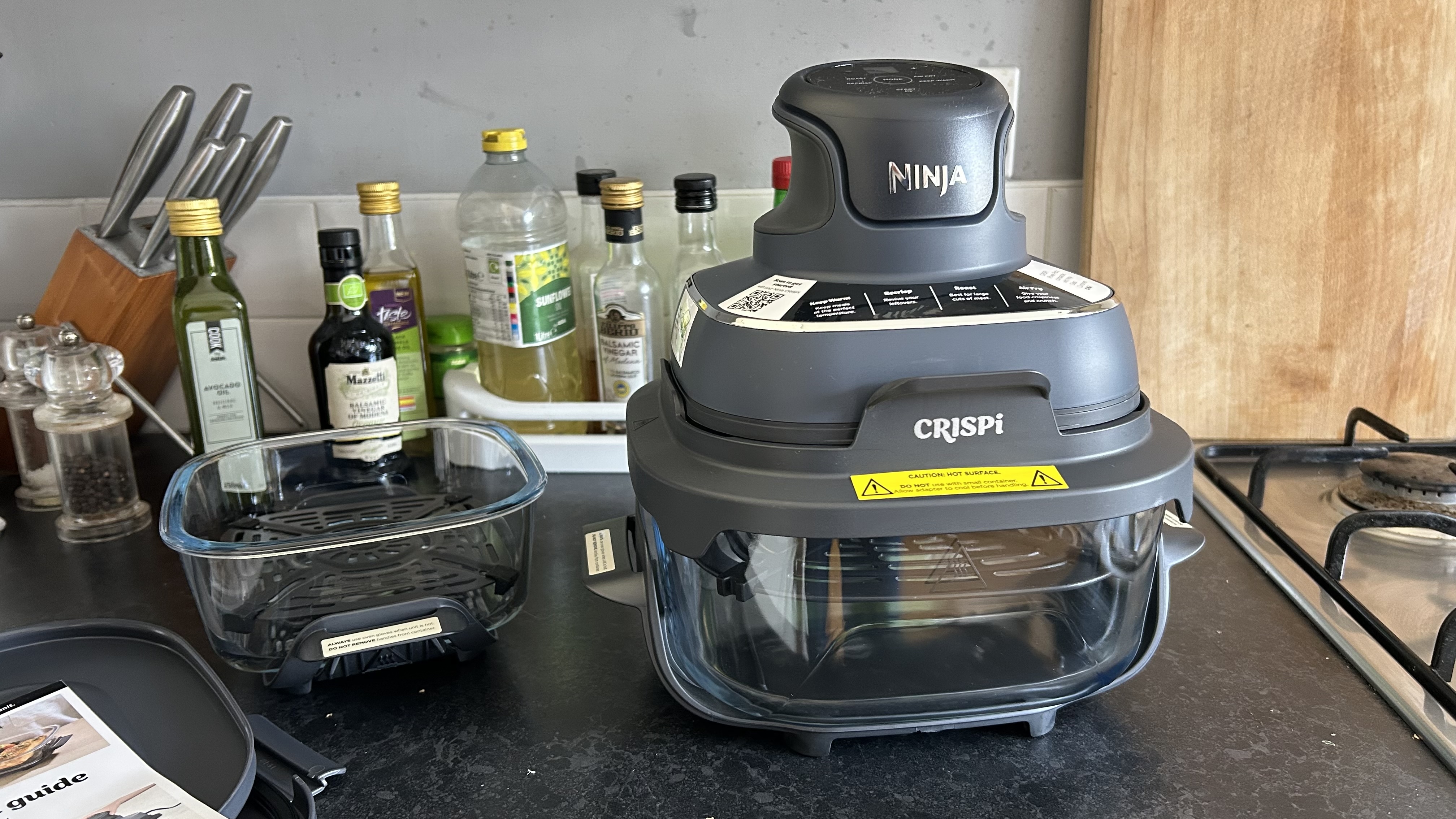 I couldn’t wait to review the Ninja Crispi portable air fryer and it doesn’t disappoint
I couldn’t wait to review the Ninja Crispi portable air fryer and it doesn’t disappointFour different cooking modes and the bonus of glass dishes makes the portable Ninja Crisp a real hit
By Rob Clymo
-
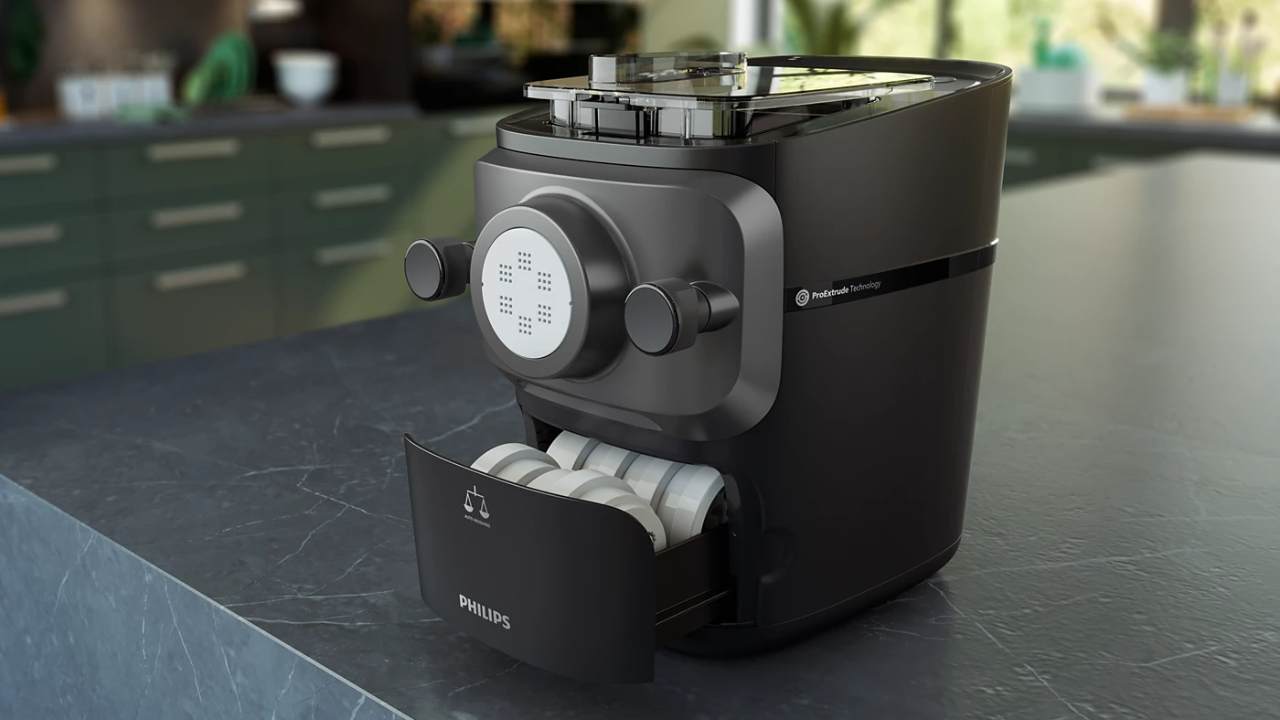 This Philips pasta maker weighs, kneads and rolls the dough for you – it’s a must for my kitchen
This Philips pasta maker weighs, kneads and rolls the dough for you – it’s a must for my kitchenThis might be the most advanced pasta maker I’ve ever seen
By Bethan Girdler-Maslen
-
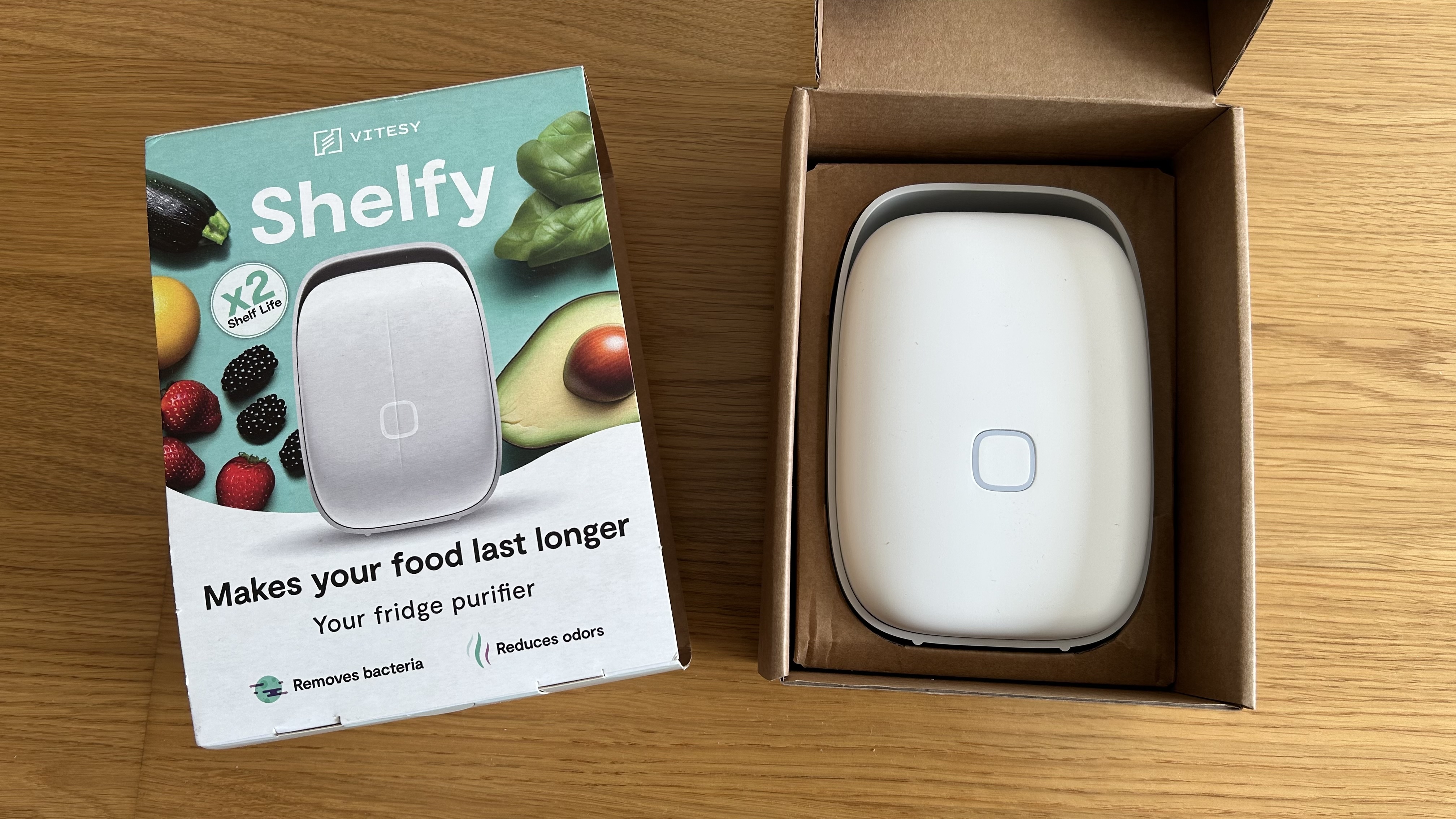 Vitesy Shelfy review: gives your fridge the feelgood factor
Vitesy Shelfy review: gives your fridge the feelgood factorThis smart home gadget can help optimise refrigerator performance, get rid of nasty niffs and make food last for longer
By Rob Clymo
-
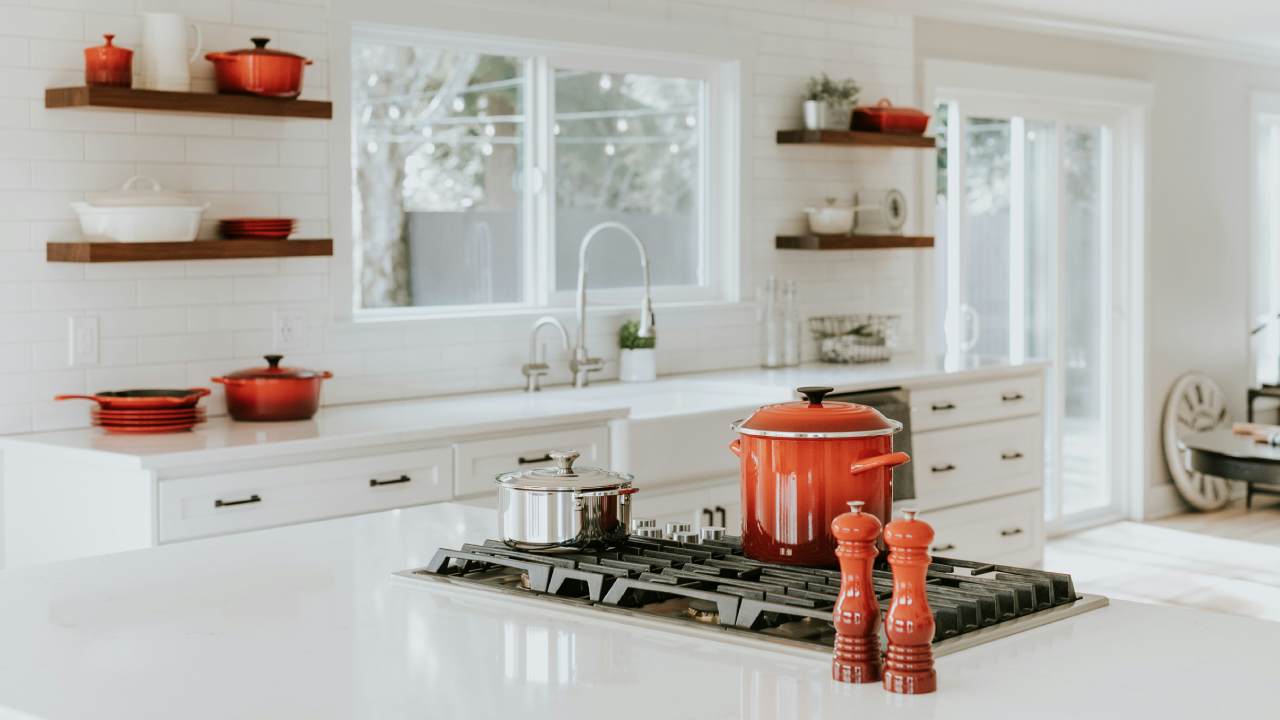 5 kitchen storage mistakes you need to stop making
5 kitchen storage mistakes you need to stop makingDoes it really matter where you keep your appliances? Turns out, yes…
By Bethan Girdler-Maslen
-
 I’m a kitchen expert – these are the 7 kitchen trends I expect to see in 2025
I’m a kitchen expert – these are the 7 kitchen trends I expect to see in 2025From shrinking air fryers to AI cameras, here are the kitchen trends I want to see next year
By Bethan Girdler-Maslen
-
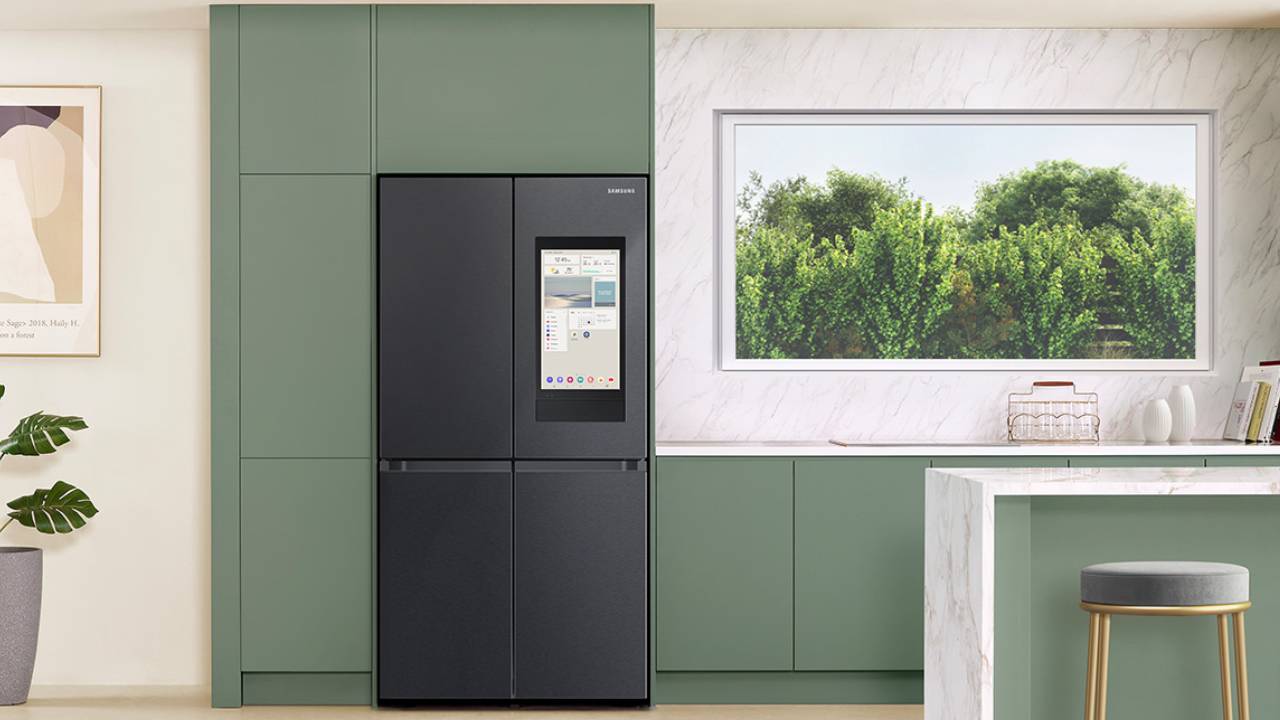 Samsung announces new AI home screens for its smart fridges and laundry appliances
Samsung announces new AI home screens for its smart fridges and laundry appliancesSamsung previews its CES launches, including new AI Home screens
By Bethan Girdler-Maslen
-
 Nutribullet Flip review: a powerful, portable blender for smoothies on the go
Nutribullet Flip review: a powerful, portable blender for smoothies on the goCan this portable, insulated blender live up to its promises of powerful smoothie blitzing on the go?
By Lee Bell


